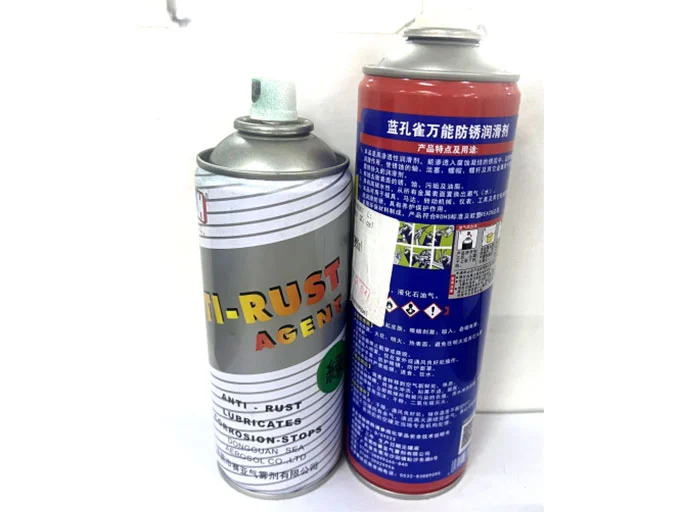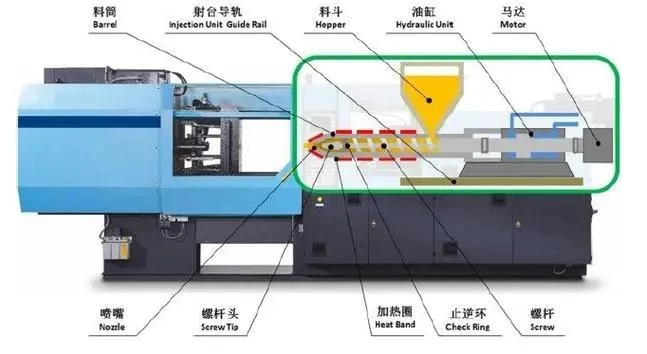When machining parts on CNC machine tools, a processing program is typically created first, which specifies the trajectory and process parameters for the part (such as spindle speed, cutting speed, etc.). The CNC system autonomously controls the movement of the machine tool based on the processing program, distinguishing it from traditional machining methods that rely on manual operation to control machine tool movements. CNC machining can handle complex mold working profiles. CNC machine tools have higher precision than conventional machine tools, with a typical positioning accuracy of 0.01mm. Additionally, the machining process on CNC machines minimizes human errors from operators. By rationally selecting cutting parameters and fully utilizing the cutting performance of tools, machining time for parts can be reduced. Furthermore, workpieces that require multiple processes on traditional machine tools can often be completed in one setup on a CNC machining center, reducing turnover between processes and facilitating mold manufacturing. The application of CNC technology has rejuvenated mold manufacturing methods, and it is indisputable that CNC machining offers advantages over traditional machining methods.
(1) Components of CNC Machine Tools
CNC machine tools mainly consist of the machine body and the CNC system. There are various types of CNC machine tools, classified by the range of machining processes as follows:
Metal Cutting: CNC lathes, CNC milling machines, CNC grinding machines, etc.;
Metal Forming: CNC press machines, CNC punching machines, CNC bending machines, etc.;
Special Processing: NC wire cutting machines, NC electric spark forming machines, CNC laser cutting machines, etc.
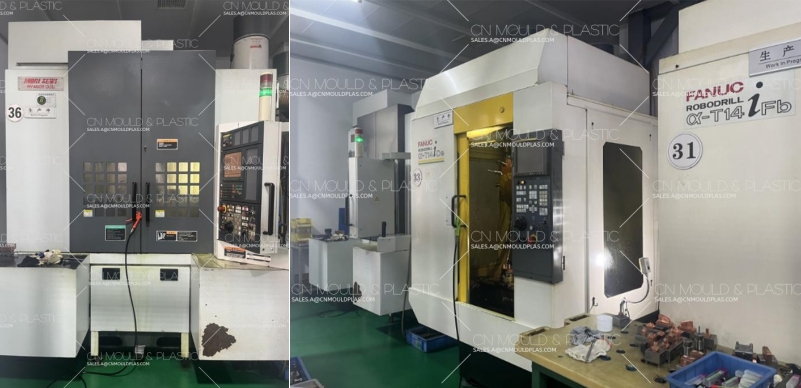
Based on whether the machine tool has an automatic tool changer, CNC machine tools are divided into ordinary CNC machine tools and machining centers. Ordinary CNC machine tools include CNC lathes, CNC milling machines, and CNC grinding machines; machining centers include vertical machining centers, horizontal machining centers, turning machining centers, and grinding centers. Compared to ordinary CNC machine tools, machining centers are characterized by a larger tool magazine (with a capacity typically ranging from 10 to 120 tools) and an automatic tool-changing device.
According to the number of controllable axes (simultaneously controlled), CNC machines can be divided into 2-axis control, 2.5-axis control, 3-axis control, 4-axis control, and 5-axis control. The 2.5-axis control refers to two axes being continuously controlled while the third axis is controlled at points or in a linear manner. In 3-axis control, all three coordinate axes X, Y, and Z are interpolated at the same time, allowing for three-dimensional continuous control.
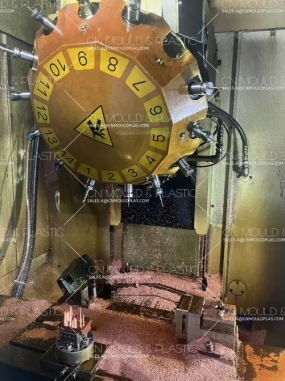
1) Accuracy Indicators of CNC Machine Tools
Positional Accuracy: Refers to the accuracy with which a moving part on the CNC machine tool reaches a designated endpoint. Positional error is the deviation between the actual position of the moving part and its ideal position. Positional errors include deviations from the servo system, detection system, feeding system, etc. Positional accuracy directly affects the dimensional accuracy of the machined parts.
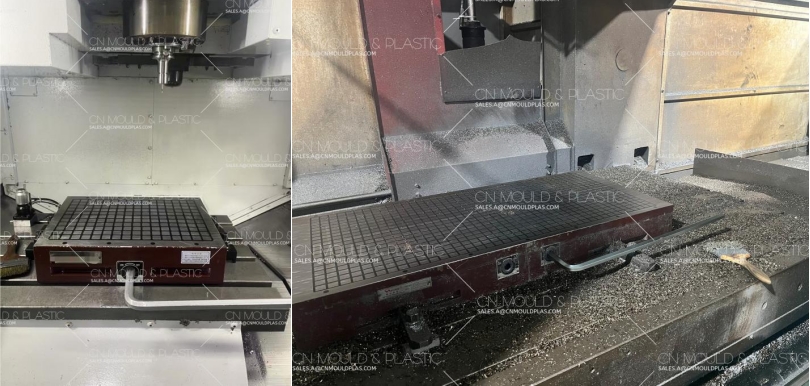
Repeatability: Refers to the consistency of results obtained from machining a batch of parts using the same program and codes on the same CNC machine tool. This is a crucial performance indicator.
2) Resolution and Pulse Equivalent:
Resolution indicates the minimum controllable displacement increment; each pulse signal issued by the CNC device reflects the amount of movement in the machine’s moving components, commonly referred to as pulse equivalent. The smaller the pulse equivalent, the higher the machining precision and surface quality of the CNC machine tool. Currently, the pulse equivalent for ordinary CNC machines typically adopts 0.001mm; for simple CNC machines, it generally uses 0.01mm; while precision or ultra-precision CNC machines utilize a pulse equivalent of 0.0001mm.
